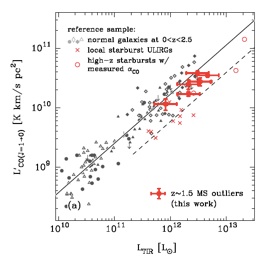Distant star-forming galaxies
The star-forming galaxy population is rapidly evolving over much of the history of our universe. We are interested in understanding the processes that maintain regularity as seen in the main-sequence. This includes comparing the evolution rate of galaxy mergers up to z ~ 1 and how this compares with the evolution of star-formation rate and black hole accretion rate density.
To extend studies based on large spectroscopic efforts at z < 1, we are carrying out a large near-infrared spectroscopic survey with the Subaru Telescope using FMOS. To date, we have acquired over 1000 spectra yielding accurate redshifts for star-forming galaxies with 1 < z < 1.7. This study is furthering our understanding of the high-redshift population in terms of global evolution, conditions of the interstellar medium (dust, ionization and metallicity), and clustering.
ALMA is playing an important role in measuring the gas content of high-redshift starbursts from our FMOS-COSMOS project. Such observations allow us to assess whether high-z starbursts operate in a similar manner to local ULIRGS.


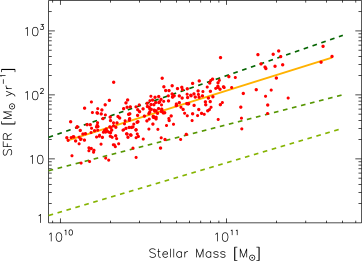
z~0.1
z~0.8
Zahid+12
Elbaz+07
z~2
Daddi+07
Star-forming main-sequence at z ~ 1.6
Mass - metallicity relation
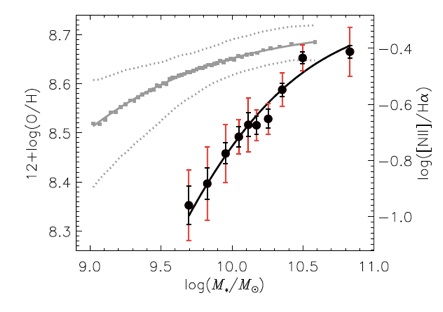
FMOS-COSMOS
Silverman et al. 2015, ApJS, 220,12
Kashino et al. 2013
Zahid et al. 2014
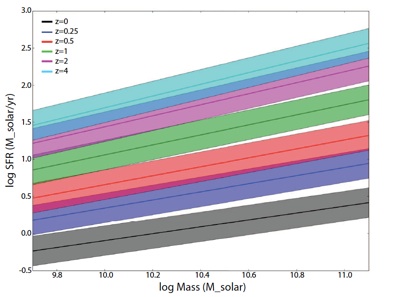
Speagle, Steinhardt, Capak and JDS 2014
Cosmic evolution of star-forming main-sequence
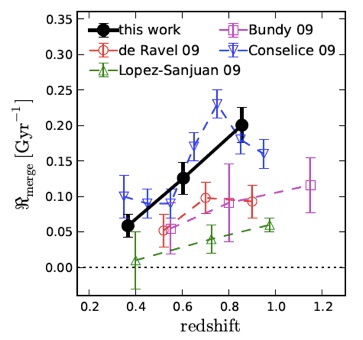
Evolution of the merger rate of galaxies Lackner, JDS et al. 2014
CO 2-1 ALMA observations of starbursts from FMOS-COSMOS
ALMA CO 2-1

